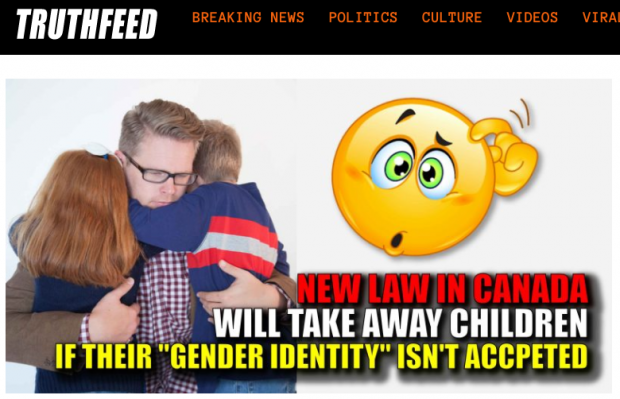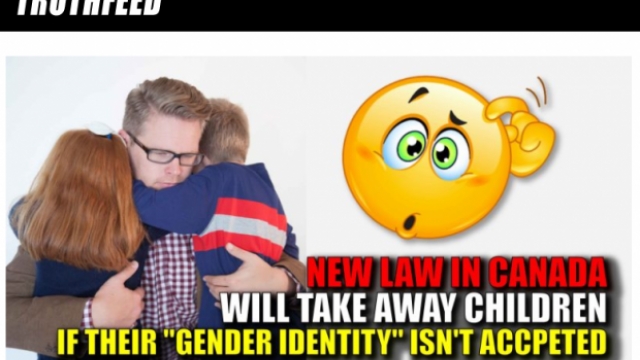Click to join the conversation with over 500,000 Pentecostal believers and scholars
Click to get our FREE MOBILE APP and stay connected
| PentecostalTheology.com



Stories claiming that a new Canadian law lets the government remove a child from a family if the parents don’t accept the child’s gender identity have gone viral on conservative websites in the US. But the government says the reports are false.
View bill 89 from Parliament 41 Session 2 of the Legislative Assembly of … to bring a child who is not a resident of Canada into Ontario to be placed for adoption.
https://www.ola.org/en/legislative-business/bills/parliament-41/session-2/bill-89
This Explanatory Note was written as a reader’s aid to Bill 89 and does not form part of the law.
Bill 89 has been enacted as Chapter 14 of the Statutes of Ontario, 2017.
Child, Youth and Family Services Act, 2017
The current Act refers throughout to Indian and native children, and gives certain rights of notice and participation to a representative chosen by the child’s band or native community. The new Act refers to First Nations, Inuit and Métis children and young persons, and gives rights of notice and participation to a representative chosen by each of the child’s or young person’s bands and First Nations, Inuit or Métis communities. All references to a child’s or young person’s bands and First Nations, Inuit or Métis communities in the new Act include any band of which the child or young person is a member, any band with which the child or young person identifies, any First Nations, Inuit or Métis community that is listed in a regulation and of which the child or young person is a member, and any First Nations, Inuit or Métis community that is listed in a regulation and with which the child or young person identifies.
Significant changes are made to terminology. The terms society ward and Crown ward are no longer used. Instead, the new Act refers to children who are in interim society care or extended society care, respectively. The new Act does not refer to children being abandoned or to runaways. And the new Act speaks of bringing children to a place of safety, instead of being apprehended, and of dealing with matters, not dealing with children.
The new Child, Youth and Family Services Act, 2017 is, like the current Child and Family Services Act, divided into Parts. Following is an explanation of each Part and, in particular, how each differs from the current Act.



